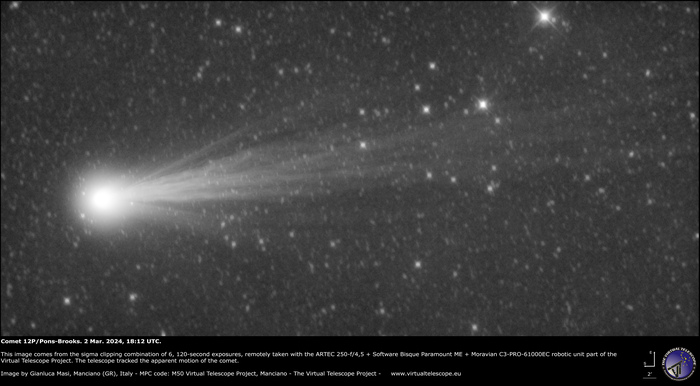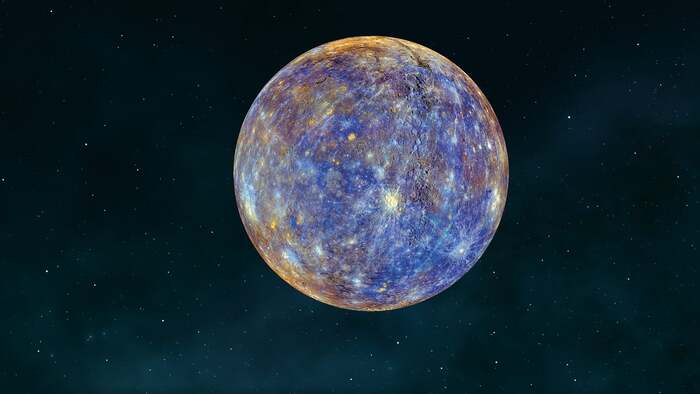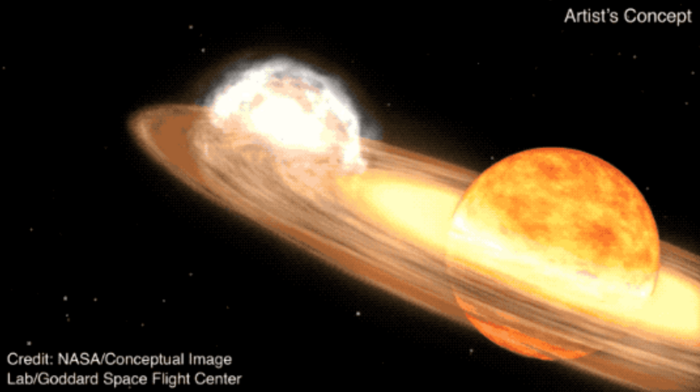At the end of August, an asteroid hurtles towards Earth.
It is classified as potentially dangerous.
NASA is already planning to observe the celestial body.
Munich - Asteroids are small astronomical bodies that move around the sun.
Again and again some of the celestial objects fly towards the earth.
Most of them are harmless.
They just pass through the blue planet.
With others, scientists fear a devastating collision in the coming years.
At the end of August, a ball of rock rushes towards the earth that comes astonishingly close to us.
NASA intends to keep a close eye on the projectile named 2016 AJ193.
Huge asteroid soars towards Earth at 94,208 kilometers per hour: "Potentially dangerous"
1.4 kilometers wide and 94,208 kilometers per hour fast: the asteroid named 2016 AJ193 was observed for the first time by NASA in January 2016.
The space agency has classified the star as a "potentially dangerous asteroid".
However, as the space
website earthsky.org
informs, the orbit of the celestial body is well known.
Its positions can therefore be calculated relatively precisely.
+
The asteroid 2016 AJ193 is moving towards Earth.
On August 21st he will be closest to her.
This is the snapshot taken on August 7th.
© Screenshot spacereference.org
Even with his current approach to earth there is probably no danger, according to the site.
The asteroid will fly past Earth at a safe, but fairly short distance.
There is no risk of a collision.
Huge asteroid unusually close to Earth: even visible to amateur astronomers
For a celestial body 1.4 kilometers wide, the 2016 AJ193 comes astonishingly close to Earth. At the time when the asteroid is closest to Earth, it is hovering about 8.9 times the Earth-Moon distance above us. Therefore it is said: Hobby astronomers take note. Not only professionals can observe the asteroid on August 21st. According to
earthsky.org
, the celestial body is
also
visible
with smaller telescopes
. The space body in Germany will have the shortest distance at 4:10 p.m. (3:10 p.m. UTC). In the United States, where the asteroid reaches its shortest distance around 11:10 a.m., it is recommended to look at the sky with the telescope a few hours before sunrise. Then 2016 AJ193 is on the way in the constellation Rabbit. The celestial body cannot be observed with the naked eye.
It's worth watching.
As calculations show, there will be no similarly close flyby of the asteroid in the next 65 years.
Further, the data of its orbit have not yet been calculated.
+
Most asteroids, like stars, are tiny in the sky.
At the end of August, an asteroid rushes towards Earth, which can even be observed by amateur astronomers with a telescope.
© Sebastian Gollnow / dp
Huge asteroid unusually close to Earth: NASA wants to keep a close eye on it
Not only space enthusiasts will be standing in front of the windows on August 21st.
NASA scientists plan to closely monitor the sky between August 20 and August 24, when AJ193 shoots past in 2016.
In addition to the orbit, much data about the fast asteroid is still unknown.
(chd)
List of rubric lists: © Sebastian Gollnow / dp



/cloudfront-eu-central-1.images.arcpublishing.com/prisa/TQ73US57UFGWTIXR7C3BS2OTIA.jpg)




